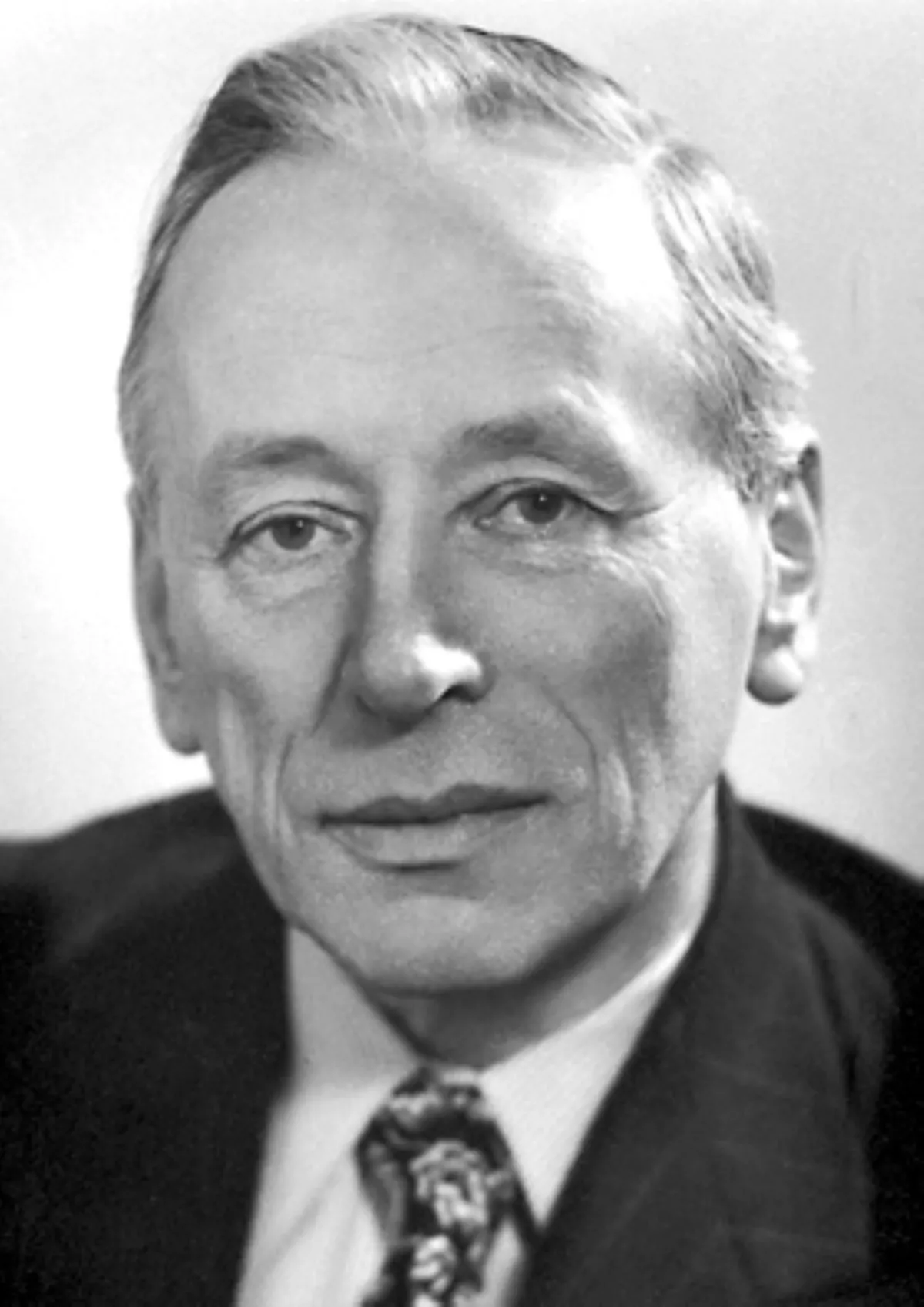 1.
1. Frederick "Frits" Zernike was born on 16 July 1888 in Amsterdam, Netherlands to Carl Friedrich August Zernike and Antje Dieperink.

 1.
1. Frederick "Frits" Zernike was born on 16 July 1888 in Amsterdam, Netherlands to Carl Friedrich August Zernike and Antje Dieperink.
In 1930, Frits Zernike was conducting research into spectral lines when he discovered that the so-called ghost lines that occur to the left and right of each primary line in spectra created by means of a diffraction grating, have their phase shifted from that of the primary line by 90 degrees.
Frits Zernike extended his method to test the figure of concave mirrors.
Frits Zernike's discovery lay at the base of the first phase contrast microscope, built during World War II.
Frits Zernike made another contribution in the field of optics, relating to the efficient description of the imaging defects or aberrations of optical imaging systems like microscopes and telescopes.
Frits Zernike's work helped awaken interest in coherence theory, the study of partially coherent light sources.
Frits Zernike died in hospital in Amersfoort in 1966 after suffering illness the last years of his life.
In 1946, Frits Zernike became member of the Royal Netherlands Academy of Arts and Sciences.
In 1953, Frits Zernike won the Nobel Prize in Physics, for his invention of the phase-contrast microscope, an instrument that permits the study of internal cell structure without the need to stain and thus kill the cells.
In 1954, Frits Zernike became an Honorary Member of The Optical Society.
Frits Zernike was elected a Foreign Member of the Royal Society.